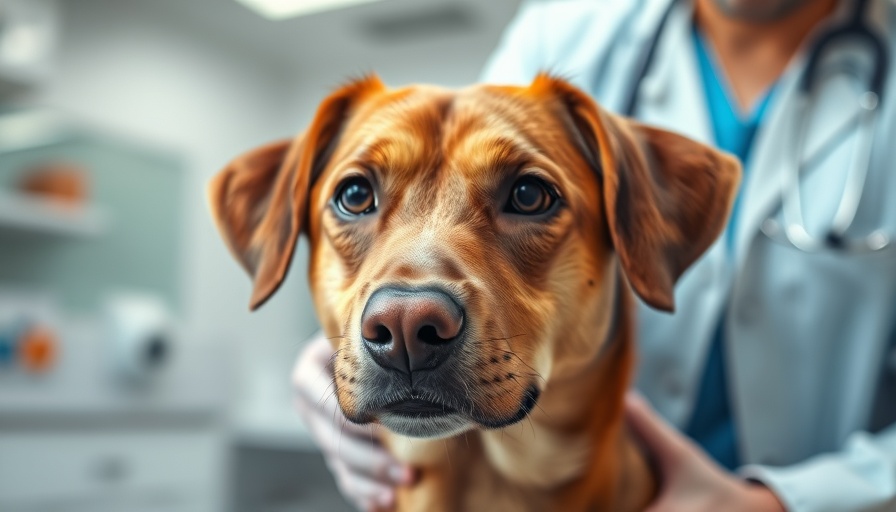
Understanding the Importance of Clean Toys
Did you know that your dog's toys could be one of the germiest items in your home? Pet owners often overlook the hidden dangers lurking in their furry friends' favorites. It's easy to forget that toys, which often become dirtied from slobber, outdoor adventures, and general everyday use, can harbor harmful bacteria, yeast, and mold. These pathogens could potentially jeopardize the health of both your pets and your family members. In fact, studies show that dog toys rank among the top ten dirtiest household objects. This unsettling fact highlights the importance of regularly cleaning your pets' toys to maintain a safe environment for playtime.
The Hidden Risks of Dirty Dog Toys
When your dog plays, their toys engage with everything from the ground to their own mouths, which creates the perfect breeding ground for various germs. Toys that go uncleaned can accumulate a dangerous assortment of bacteria that may lead to infections or digestive issues. Additionally, mold can develop in moist plush and rope toys, while allergens from dust or chemicals can cling to surfaces, raising health concerns.
If your dog loves to cuddle and lick their toys, bacteria can easily transfer from the toys to their paws and then to your furniture or skin. This means both you and your pet are at risk. Regular cleaning not only prolongs the life of these cherished items but also fosters a healthier living space.
How to Determine When to Clean and Toss
While cleaning is essential, it’s also important to know when a toy has reached the end of its life. If you notice any of these warning signs, it may be time to toss that toy:
- Visible damage such as holes or fraying
- Bad odors that persist even after cleaning
- Missing parts, which can pose choking hazards
- Toys that appear unsanitary despite cleaning efforts
Remember, ensuring your dog's safety must come before sentimentality. A new toy is a small price compared to the cost of an emergency vet visit.
Cleaning Your Dog’s Toys: Techniques and Best Practices
Different types of toys require different cleaning methods. Here’s a breakdown to keep your dog's playthings in top shape:
- Rubber Toys: Durable and easy to clean, rubber toys can often be washed in the dishwasher or scrubbed with a mixture of warm water and pet-safe detergent.
- Plush Toys: These should be washed cautiously. You can use a gentle detergent or a DIY vinegar-water solution. Make sure they are thoroughly dry afterward to avoid mold.
- Rope Toys: Given their absorbent nature, soak them in vinegar-water before putting them in a laundry bag to wash them on a gentle cycle.
- Treat-Dispensing Toys: These require careful cleaning to avoid residue buildup, making the vinegar-water solution an excellent choice here too.
Regardless of the material, it’s crucial to allow toys to dry completely before giving them back to your pet to minimize potential mold growth.
Frequency of Cleaning: Keeping a Schedule
The frequency with which you should clean your dog’s toys depends largely on how often they are used. For highly interactive toys, aim to clean them weekly. Toys that see less action can be cleaned every month or so. Establishing a rotation schedule will help keep your furry friend engaged while ensuring cleanliness.
It's also worthwhile to inspect toys regularly for any signs of wear. Discard any that show potential hazards from fraying, holes, or damage.
Actionable Insights for Pet Owners
By understanding the importance of maintaining your dog's toys, you can help foster a healthier play environment. Utilize natural cleaning methods to avoid chemical hazards, and don’t forget to regularly inspect toys for wear. Keeping your pet’s toys tidy not only protects their health but enhances their play experience.
Take a little time today to ensure your pets' toys are clean and safe. You will not only extend the life of their favorite companions but also embrace a happier, healthier pet.
 Add Row
Add Row  Add
Add 




Write A Comment